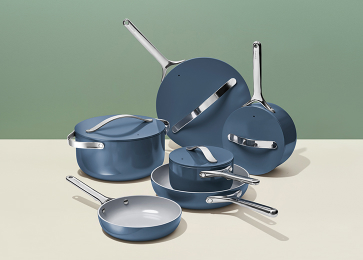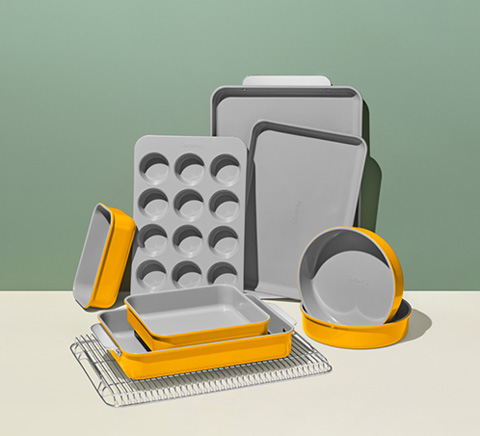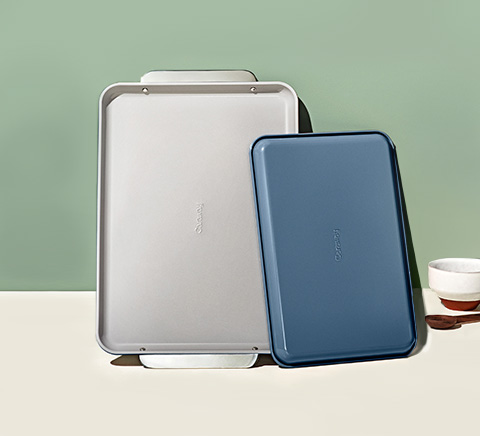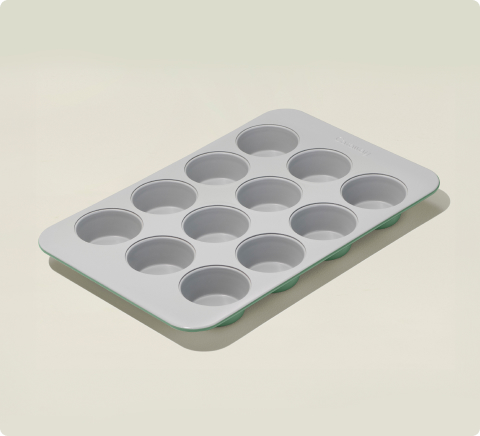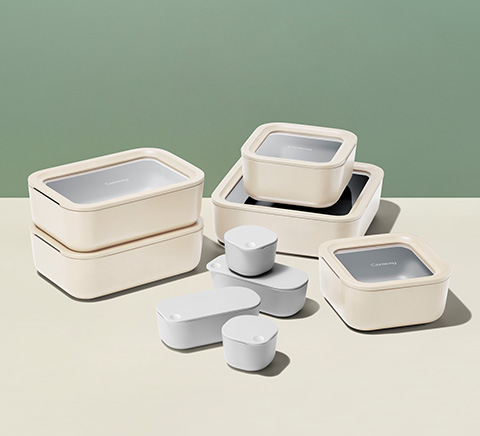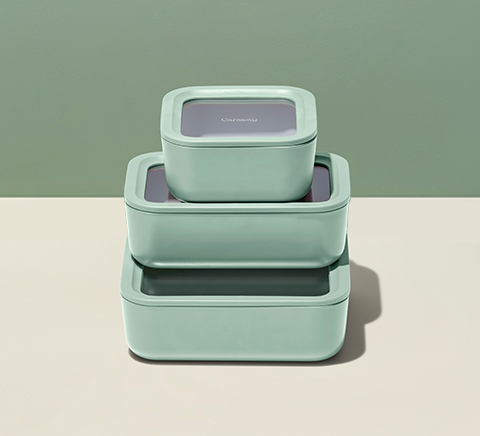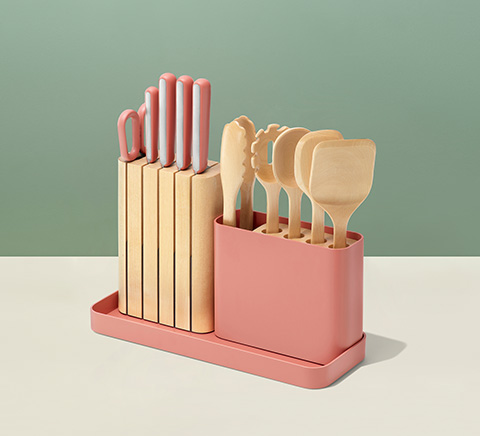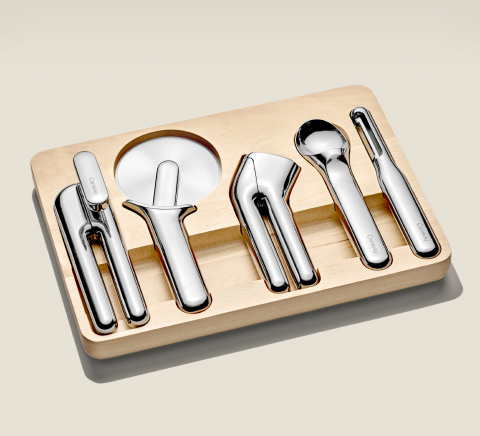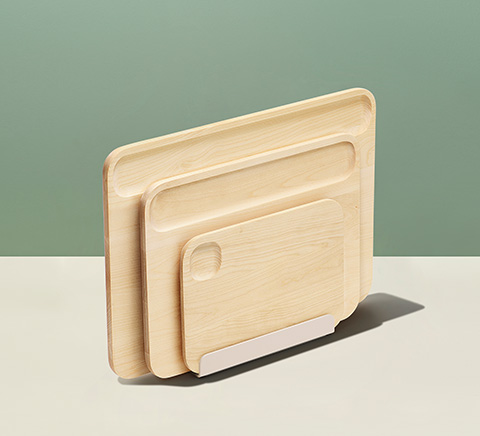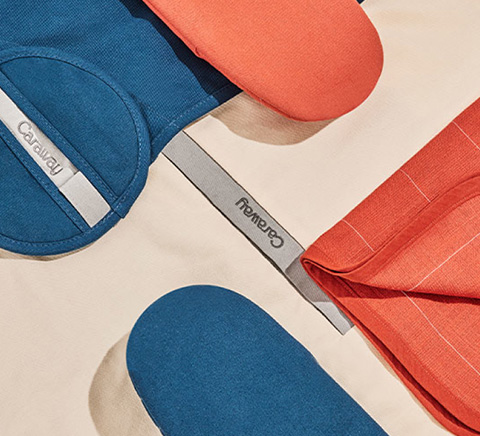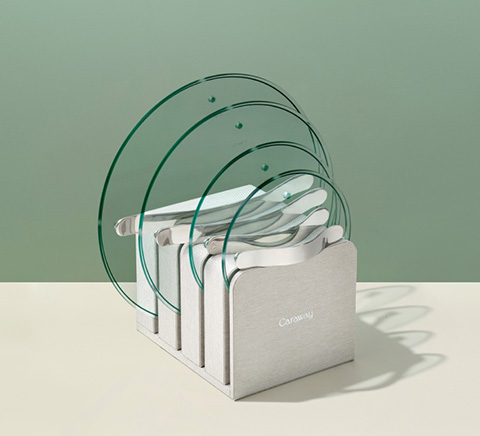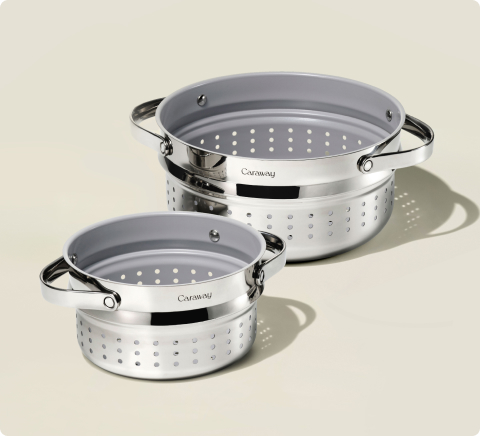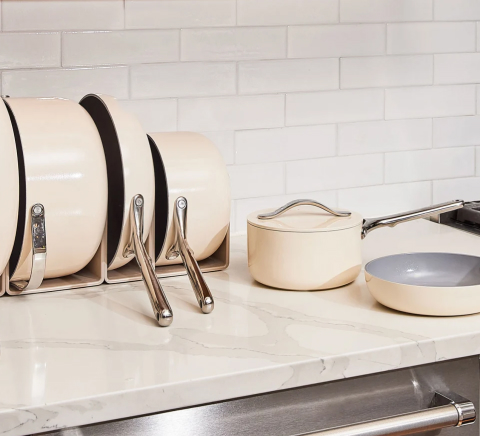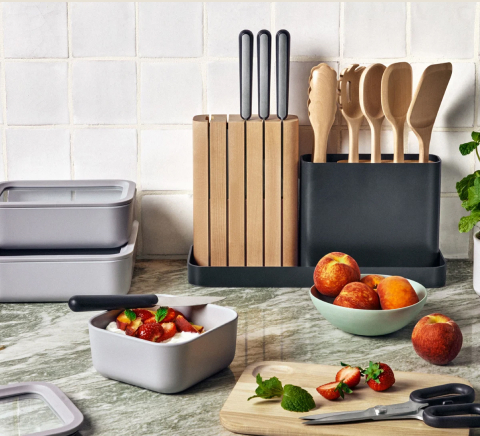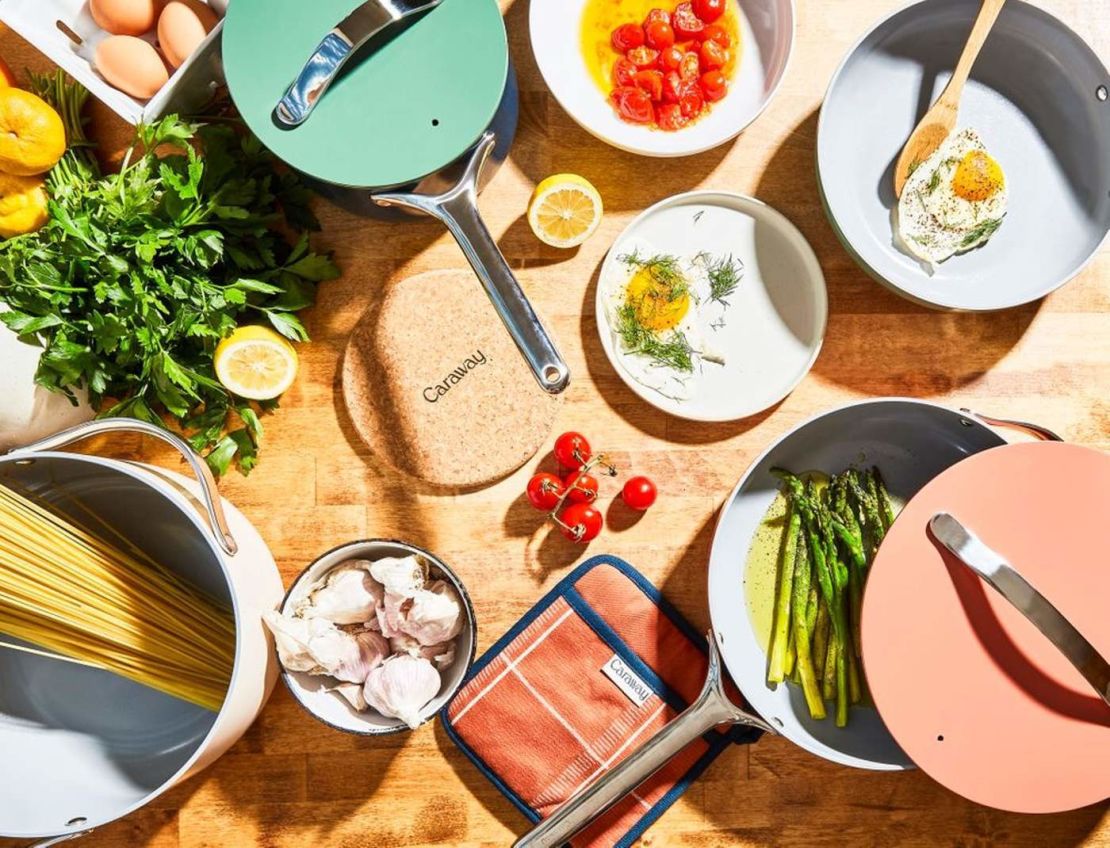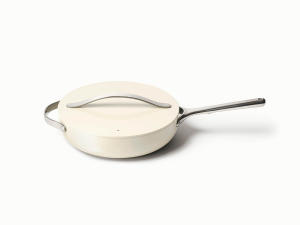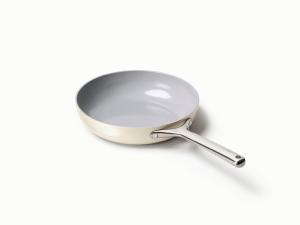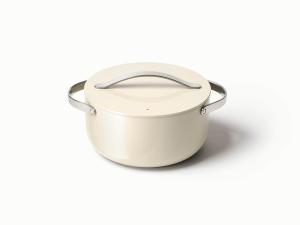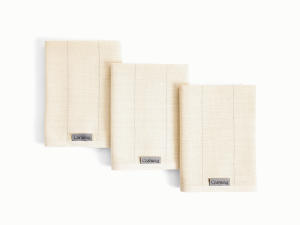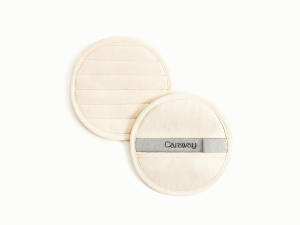It’s easy to make ceramic plates look good. There are three variations with slight nuances. Read this rundown to decide which will look best in your dining room.
Finding the perfect dinnerware isn’t as simple as it seems. There’s too often a trade-off between functionality and design, and that’s before throwing in other factors like cost, whether it’s lightweight or not, etc.
Dinnerware needs to be perfectly designed, functional, but it also needs to look fantastic and fit with the rest of the dining area aesthetic. Plates, bowls, and side dishes are so much more than just a vehicle for holding and serving food. They’re opportunities for design, creativity, expression, and impression. It doesn’t matter if you’re enjoying messy morning pancakes solo on the balcony or serving fancy birthday cake at the family get-together; you’d rather your ceramic plates look good while doing it.
What Are Ceramic Plates?
Ceramic plates - and all other ceramic tableware or dinnerware - are dishes made from ceramic material.
Ceramics are made by taking a mixture of heat-resistant and corrosion-resistant materials, such as clay, and burning them at a high temperature. Essentially, ceramic is a fusion of non-metallic and inorganic solids that have been shaped into desired forms and then solidified with fire at extremely high temperatures. It’s like pottery that turns into ceramic plates, ceramic bowls, and many other dining room and kitchen essentials.
The World of Ceramic
Ceramic plates are a pretty hot commodity these days, with more and more people are choosing ceramic material for their dinnerware and tableware. The world of ceramic isn’t as straightforward as, say, the world of stainless steel or glass is. Allow us to explain.
There are three main types of ceramic: earthenware, stoneware, and porcelain. It’s common for these different variations to get clumped together and considered kind of the same thing, but they aren’t. While they’re indeed similar and in the same “family,” they each have slight differences in their qualities, visual features, price points, and functional pros and cons. And of course, we’re going to go over all of the details so you can be better educated for the next time you’re shopping for dinnerware. We’re here to help!
Earthenware
Earthenware is created at relatively low temperatures, somewhere between 1,000° and 1,400° Fahrenheit, the lowest of all types of ceramic. Using lower temperatures results in a final product that is slightly porous and thus less durable, less strong, and more prone to chipping and cracking.
With earthenware, you’ll want to keep these items away from high temperatures and extreme temperature shocks, essentially away from the microwave and oven. Being more porous also means these types of ceramic plates may easily stain or absorb liquid over time. With this in mind, it’s best not to leave these plates submerged in water or to use them with foods that stain, such as cherries.
Earthenware is also often glazed and fired, making this type of ceramic an excellent canvas for hand-painted designs. When we see ceramic plates used for decorative purposes, such as hanging on walls in cool patterns, it’s most likely earthenware. So, earthenware plates can look very good, but they may not be as practical for dinnerware and kitchen use.
Stoneware
Stoneware is fired at a higher temperature than earthenware, somewhere between 2,000° and 2,400° Fahrenheit (hotter than the lava from a volcano #funfact). To further its strength, vitreous glass is often added to stoneware, making it much more durable than earthenware. The denser nature of stoneware makes it a strong candidate for day-to-day use, as it can go in the microwave, dishwasher, oven, and freezer. Stoneware should still be kept away from extreme temperature changes.
Along with being denser, stoneware is thicker and more opaque than earthenware, making it noticeably heavier. To balance out its more stone-like nature (visually), stoneware is typically finished with a glaze of shiny, matte, or satin. The difference between using glazes on earthenware and stoneware is that glazing stoneware will be for decorative purposes while glazing earthenware would primarily be done to make the final product more waterproof.
Porcelain
Porcelain is fired at the highest temperature of all, somewhere between 2,400° and 2,500° Fahrenheit. Porcelain originated in China, dating back to the Tang Dynasty in 618-907 A.D. #LearningMoment: recall that all ceramics are made from some combination of mineral substances. The difference between fine china and porcelain is that fine china has an added ingredient of bone ash and is fired at lower temperatures than porcelain. Both are smooth, white, and lustrous.
Porcelain has the most upscale look of them all (not including fine china), leading it to be a popular material for formal and important occasions, as well as some of our grandparents’ prize possessions.
Porcelain is notably more expensive than the other types of ceramic because it is nonporous and has a high density while appearing translucent, elegant, and being smooth to touch. Porcelain is by far the most durable, safe for the microwave, oven, dishwasher, and freezer, and least vulnerable to cracking, chipping, or staining.
See what we mean when we said it’s a big wide world of ceramics? With several variations to choose from, each with unique advantages, it’s no surprise ceramic plates have been booming in popularity.
How to Make Ceramic Plates Look Good
The good news is that ceramic plates - and ceramic dinnerware of any kind, for that matter - usually look great all on their own. It’s the way they’re made that gives them a unique, rustic, and high-end warehouse type of vibe. Ceramic never fails to amaze, being charming, yet elegant, yet casual, yet elevated, somehow all at the same time and more.
There are some plates that you want to put away right after they’ve been used and cleaned. These are the old, ugly plates you’ve had for ages, or the plates you were gifted and guilted into using, you know… those plates. Most plates will serve their purpose just fine; they’re a vessel for holding and serving food. But where’s the fun in that?
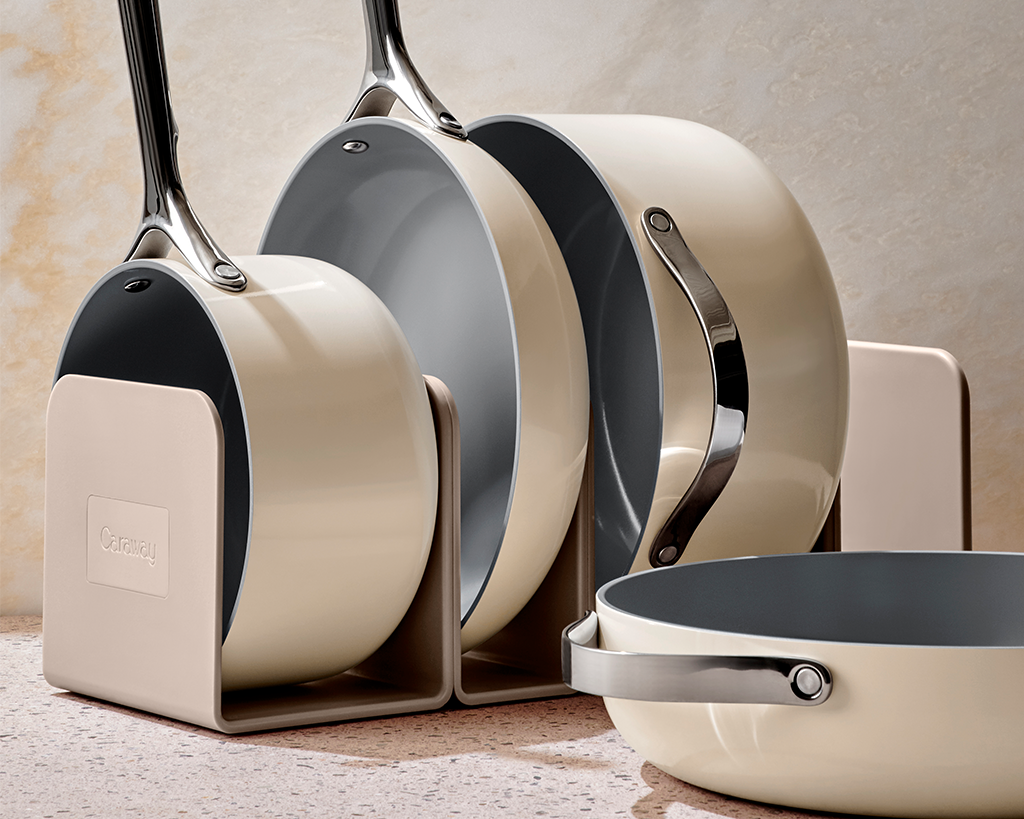
The best set of plates will be highly functional (AKA perfectly designed) and look good. We’ve searched high and low and tried all of the different types of dinner plates: bone china, earthenware, stoneware, porcelain, melamine, you name it, and we've tried it. After several dinner parties and many meals worth of trial runs, we can confidently say ceramic plates are the way to go, especially since they go perfectly with your ceramic Cookware Set.
Ceramic plates strike the perfect balance between good-looking and functionality. With the three types of ceramic offering three distinctive looks and visual appeals, it’s easy to find your favorite set of dinnerware and style it with the rest of your home. Ceramic plates aren’t plates you’ll want to put away after using; they’re the plates you’ll want to keep set on the table 24/7 because they look so damn good.
Staying Hot While Looking Cool
- Earthenware will have a more rugged, handmade feel to them, often appearing “dusty” or “worn.”
- Stoneware is perhaps the most versatile, being more opaque than porcelain yet more translucent than earthenware. Stoneware is often finished with a matte or shiny glaze and is free from smaller spots and dots that are common on earthenware.
- Porcelain is the most elegant looking of them all, typically white, shiny, and smooth-surfaced. Porcelain is what we think of when someone mentions fine china, and these plates are never hand-painted the way earthenware or stoneware may be.
We’d love to be able to give you a straight answer, but it’s tricky to have a one size fits all recommendation for how to make ceramic plates look good. It depends on the type of ceramic in question and the styling and decor of the area the plates will be used in. We suggest looking at the room where the plates will be used and then working backward to choose your type of ceramic plate. Most often, this lands people at Stoneware. Stoneware plates are the dinnerware you’re likely missing.
Stoneware is popular for its rustic and textured aesthetic, being somewhere perfectly in the middle between the very earthy appearance of earthenware and the very straight-cut look of porcelain. Generally, stoneware provides a patterned, earthy, and stone-like aesthetic, perfect for creating a rustic and modernistic vibe. The homemade yet polished appearance makes them highly versatile and able to be dressed up or played down, occasion-dependent.
It’s easy to make ceramic plates look good. Heck, they do most of the work for us. When designing with your new ceramic plates, consider and work with the rest of the atmosphere to achieve the perfect harmony, flow and consistency, and dining room ambiance of your dreams.
More Than Just Good-Looking
Ceramics are more than just a pretty face, offering us a handful of advantages over other dinnerware materials.
First and foremost, ceramic is non-toxic and considered one of the healthiest materials for the home. Because it’s nonporous and nonpermeable by air, water, or other fluids, ceramic cannot absorb chemicals or toxins and, consequently, cannot leach chemicals or toxins back into our food. This seems like a quality that should be standard practice, but you may be surprised to learn many household items fail us in this regard.
Teflon® is a brand name for a synthetic chemical called polytetrafluoroethylene (PTFE). Teflon® is used as a non-stick coating in 95% of pots and pans, as well as typical heat lamps, fabric protectors, and a variety of other common household items. Teflon®’s main ingredient is a man-made chemical called Perfluorooctanoic acid (PFOA), or C8, which is recognized as a “forever chemical.” Forever chemicals stay in your body forever once ingested, no matter how small the amount.
A 2019 study found that it only takes traditional non-stick pans (made with Teflon®) two and a half minutes to heat up to 500° degrees, the temperature where the chemicals begin to break down and release. Many stoves heat up to 1600° on high heat, meaning you are (most likely) leaching chemicals with every meal you make. These chemicals are released not only into the food we’re cooking but also into the air in our homes.
Ceramic also functions as a 100% non-toxic mineral-based coating, free of harsh chemicals of any kind. Not only is it safer and healthier, but ceramic is also a naturally slick (non-stick) surface, so much so that you can cut down on the amount of butter or oil you use while cooking (saving the extra butter for on top of the pancakes, is our suggestion).
Enter Ceramic Cookware
Cue, clean cookware thanks to ceramic. Caraway cookware is quality cookware, without the chemicals. All of Caraway’s cookware is made with a ceramic non-toxic, non-stick coating that won’t leach chemicals into your clean and healthy ingredients. This ceramic cookware is also oven safe for temperatures up to 550° Fahrenheit and stovetop agnostic (induction, gas, and electric safe).
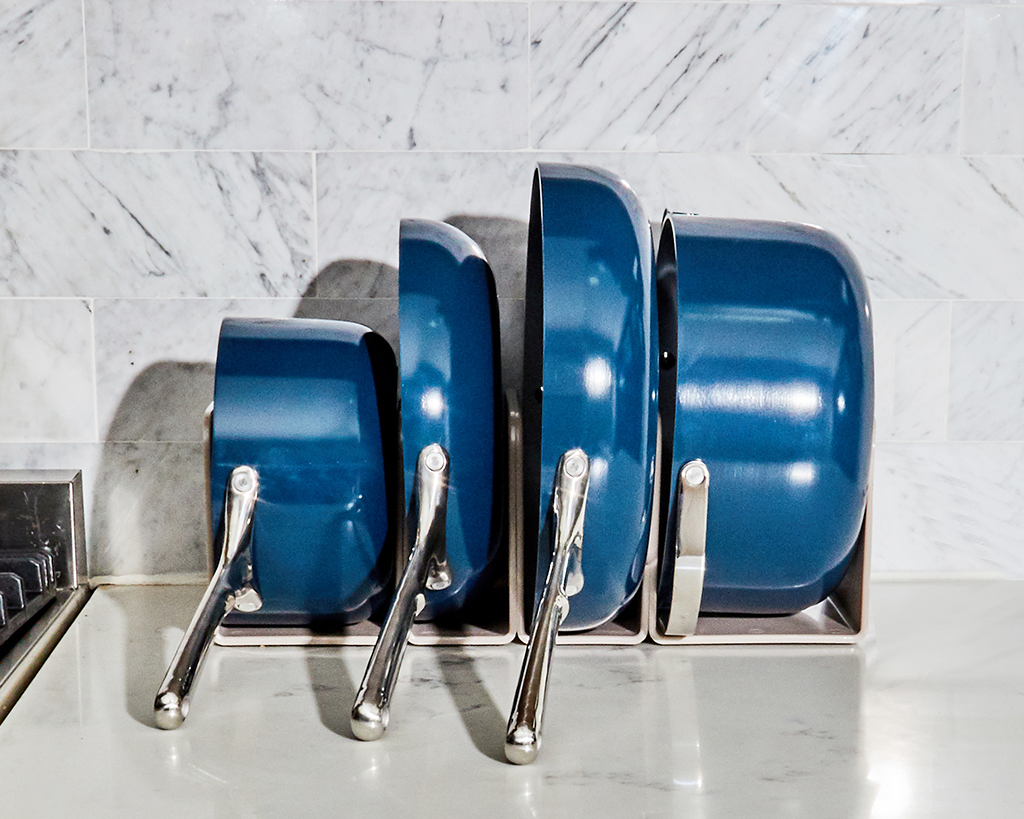
When it comes to keeping a “clean kitchen,” take it one step further and many steps better by updating your cookware to cleaner, safer, and healthier ceramic cookware. Every clean kitchen could use a non-toxic Fry Pan, Sauté Pan, Sauce Pan, and Dutch Oven. Free of PTFE, PFOA, other PFAs, heavy metals, and all the other bad stuff we definitely don’t want to be ingesting, feeding to our loved ones, or being released into our homes.
Thinking you may need a whole new set? The Cookware Set has you covered and is the easiest way to rid your home of toxicities all at once. Included cookware are the essentials every kitchen needs: Fry Pan, perfect for eggs, flipping pancakes, and sautéing veggies; Sauce Pan, for risottos, mac and cheese, soups, and sauces; Sauté Pan, your go-to for dinner parties, stir-fries, and dishes with stock; and a Dutch Oven, your best friend for pasta, roasts, stews, and boils.
Plus, this cookware is designed to double as home décor, meaning that when you don’t have your pans sitting neatly in the accompanying magnetic organizer, you can artfully place them around the kitchen for a pop of color. Pots and pans that look just as amazing as they cook? We’re in. Out with the old and in with the new, fresh, clean, and healthy. Ceramic is much more than just good-looking; it’s clean cooking. Which is even better.
Ceramic for the Win
Plates and dinnerware are more than just vehicles for food. They’re an expression of our style, they affect mood and atmosphere, and they’re a simple way to spark joy in our lives, three times a day.
You’d think that when it came to selecting dinnerware, the more choices, the merrier. Nope, definitely not that simple — we know it can be tricky and even overwhelming navigating through all the different variations, details, and options. When it comes to plates that both look good and feel good, ceramic all the way. Ceramic is the healthiest, most practical, and best-looking material for plates, dinnerware, and cookware.
Sources
Definition, History, Types, & Facts | Britannica
The ‘forever chemicals’ fueling a public health crisis in drinking water | The Guardian.
Nonstick Cookware Safety Facts - Is Nonstick Cookware Safe | Good Housekeeping
